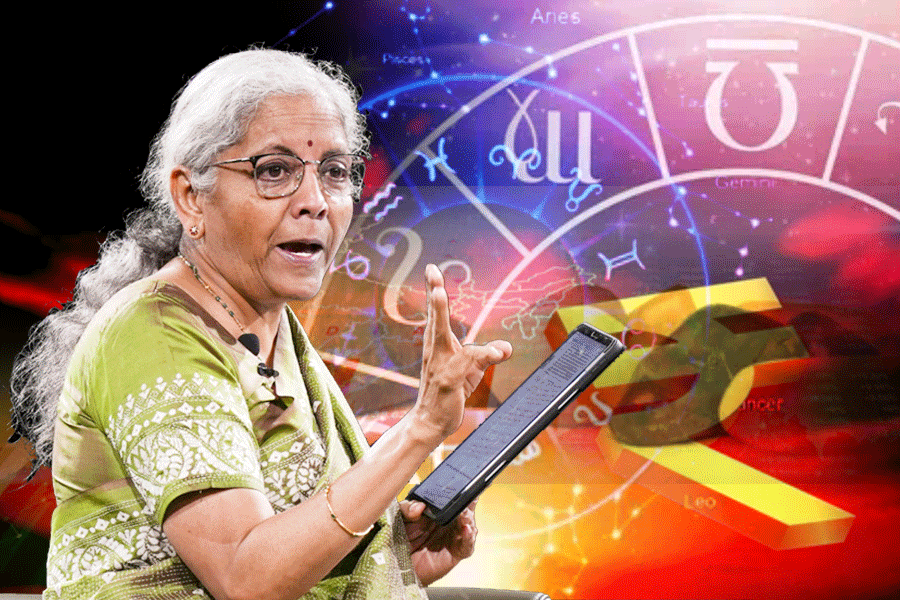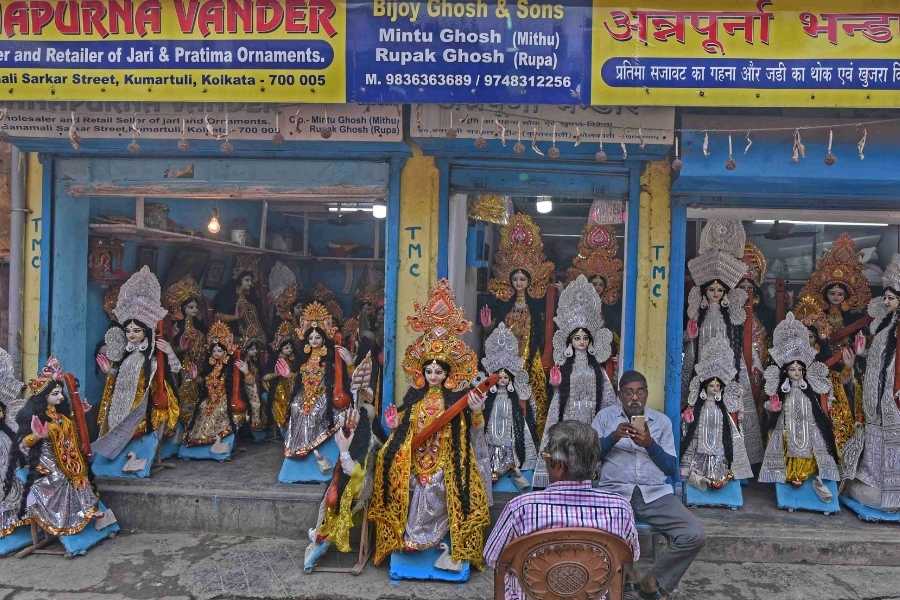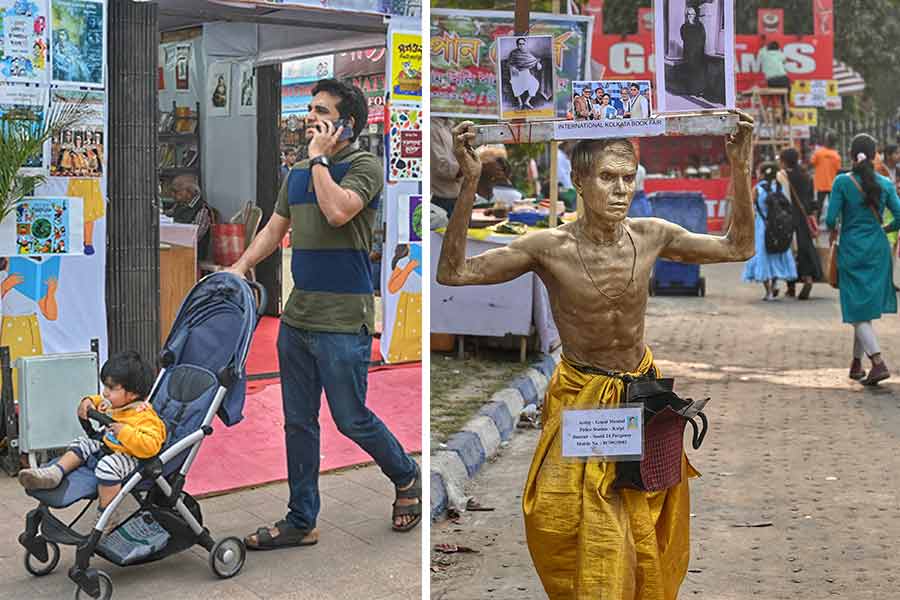 Friday, 31 January 2025
Friday, 31 January 2025
 Friday, 31 January 2025
Friday, 31 January 2025
Students observe a demonstration on the 'Zero Shadow Day', at Jawaharlal Nehru Planetarium, in Bengaluru. Bengaluru observed a remarkable celestial event known as 'Zero Shadow Day' today between 12:17 pm and 12:23 pm.
According to the Astronomical Society of India (ASI), Zero Shadow Day occurs twice a year for all the places between +23.5 and -23.5 degrees latitude. During this time, the sun is nearly overhead at noon but transits a bit lower in altitude, a bit to the north or a bit to the South, resulting in zero shadows on the Earth.
Students measure shadow length at a demonstration on the 'Zero Shadow Day'. Notably, the event is typically observed in regions near the equator when the sun’s angle is nearly perpendicular to the earth’s surface.
Zero shadow day is closely linked to the Earth’s axial tilt. The Indian cities of Chennai, Mumbai, and Pune are located between the Tropic of Cancer and Capricorn, thus having higher chances of having Zero Shadow Day.
Students look at their water bottles casting negligible shadows on the 'Zero Shadow Day'. The Zero Shadow Day usually lasts for a fraction of a second but the effects can be seen for a couple of minutes.
Zero Shadow Day helps scientists and astronomers study the movement and position of the sun and understand the earth’s tilt including its orbit around the Sun.







